The road was potholed, the buildings mere gray cement blocks, the businesses closed for the holidays, sliding metal doors locked tight. Little did we know that one of the oldest colonial churches in Ecuador was just around the corner.
We found the Colonial Church of Sicalpa Viejo by happenstance when holiday traffic diverted us from the main highway in Colta on our way back to the Chimborazo Lodge from Carnival celebrations in Guamote. Looking out the window for an opportunity to take yet another photo, I noticed carved stones on a church facade reminiscent of those on the oldest church in Ecuador, La Balbanera.
Twenty minutes and dozens of photos later, I left with more questions than answers.
Archibasílica de la Señora de las Nieves
I had taken a picture of a small map on a street corner in town. It told me that this small village was called Villa La Union and the church Archbasílica de la Señora de las Nieves. Unfortunately, I could find neither name on the Google Maps.
Some internet sources told me that this church should be in Cajabamba, others in Colta. Finally, I looked at the shape of the roads from the map in the photo and matched them to small towns near Colta. That’s how I found the Iglesia Colonial Sicalpa Viejo on an impossibly long road called Martin de Aranda. From there, a Google Search for Sicalpa Viejo turned up plenty of information in Spanish.
The church itself is home to the Virgin de las Nieves or The Virgin of the Snow. Local residents hold a month long festival in August to celebrate the Virgin. Festivities include parades, a beauty pageant, and religious processions.
The History of the Colonial Church in Sicalpa Viejo
It’s hard to believe that the small town of Sicalpa Viejo was once the heart and soul of colonial Ecuador. This tiny community of 800 people is not on the list of must-see tourist destinations. But it could be with a little investment.
When the Spanish first arrived in Ecuador, they originally planned to build the capital city in this region. But, after a few months, extreme weather and high altitude forced them to reconsider. While the colonial government moved closer to the Equator to modern day Quito, many landowning Spaniards stayed and built Riobamba Antiguo (Old Riobamba).
In the 1980’s, archeology excavations by the Central Bank of Ecuador found remnants of old streets, churches, and aqueducts as well as pottery shards and carved stonework. It gave credence to the belief that Old Riobamba was a thriving colonial town.
According to local records, construction of the Sicalpa Viejo colonial church began in 1602. Construction of the oldest part the structure includes stone, brick, and adobe made from local earth, straw, and llama blood.
On February 4, 1797, Old Riobamba suffered a huge earthquake. It is estimated that between four and five thousand people died when buildings large and small collapsed, including the colonial church. The geography of the region completely changed as mountainsides collapsed and rivers found new paths. The town was abandoned.
Modern Day Sicalpa Viejo
Decades following the earthquake, people slowly returned to the region and created two new communities, Sicalpa Viejo and Cajabamba. The area never regained its exalted position.
It is clear from our visit that the eventual reconstruction of the church used much of the original carved stonework. Like the reconstructed church on the plaza in modern-day Riobamba, the Sicalpa Viejo colonial church has a pieced-together appearance. Local governments have little money to put towards preservation of historic sites like this one and reconstruction is often left to the hands of well-meaning but untrained residents.
The Catacombs of the Silcapa Viejo Colonial Church
In a 2014 interview by Diario El Telégrafo, Hernán Pilco, president of the Sicalpa Parish, told of a story recorded in the church records of how in 1949 a minga (a community work party) found access to the oldest part of the church.
… we discovered that 152 years after the earthquake, a work party organized by local residents found the entrance to the catacombs. Originally it had 32 niches.
From this moment, the restoration of the church foundation and parts of the sanctuary walls began. In actuality, there are only 16 hollows.
Directly in front of the alter, a hole in the ground is normally covered by a large plywood board. Its removal reveals eight steps leading down into a dark cavity with no electric lights.
Inside, there are many human remains including one complete skeleton in a casket made of clear glass. The majority of the bodies are covered head to toe in a layer of thin cloth. In the center of the catacombs, a box called a carnero holds individual bones.
Although our own visit did not include touring the interior of the church or the catacombs, online descriptions and a short YouTube video make it clear that if you arrive while the church is open, it is possible to enter the catacombs. Be prepared to ask in Spanish as few local residents speak English. And let us know if you visit! We would love to hear about your trip.
Sicalpa Viejo
Information For Your Trip
This trip is best managed in a private vehicle or a hired taxi. Bring small denomination bills for tips to local staff, especially if they help with access to the catacombs. A donation can also be made to the church. Be prepared to speak your most polite Spanish.
- Direction by Car, use WAZE and look for Iglesia Colonial Sicalpa Viejo and follow the directions.
- Direction by Public Transportation Buses run along the E35 from Riobamba to Colta. Ask to get off the bus near 2 de Agosto en Cajabamba. From there, you can walk the 1.9 kilometers or hire a local taxi.

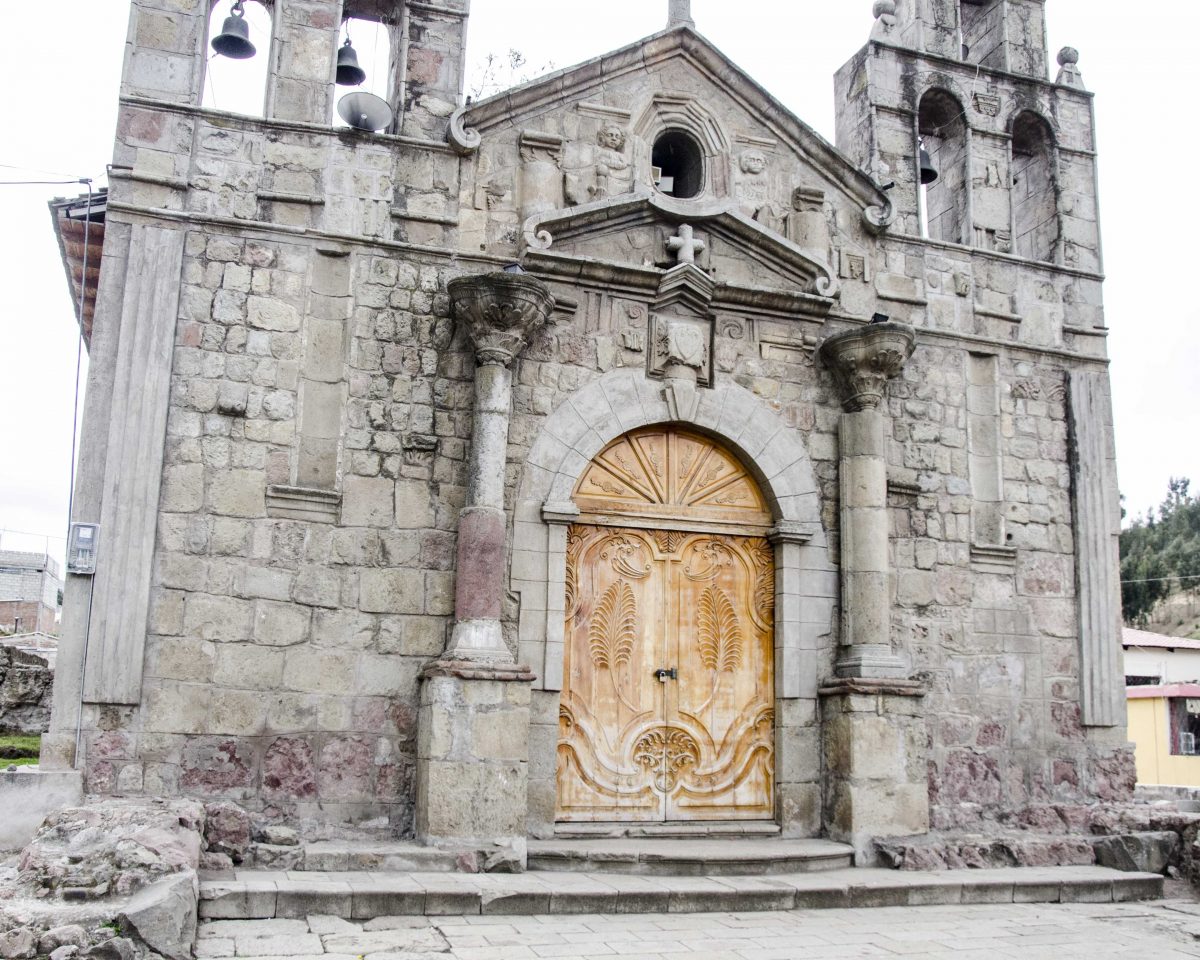
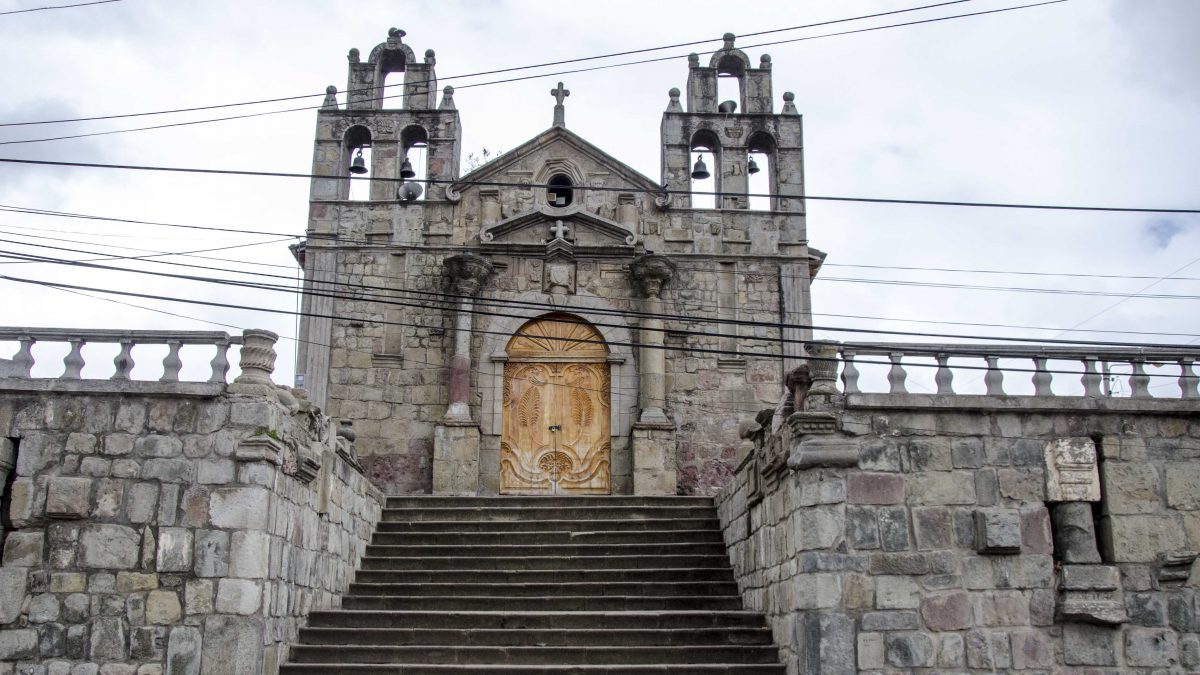



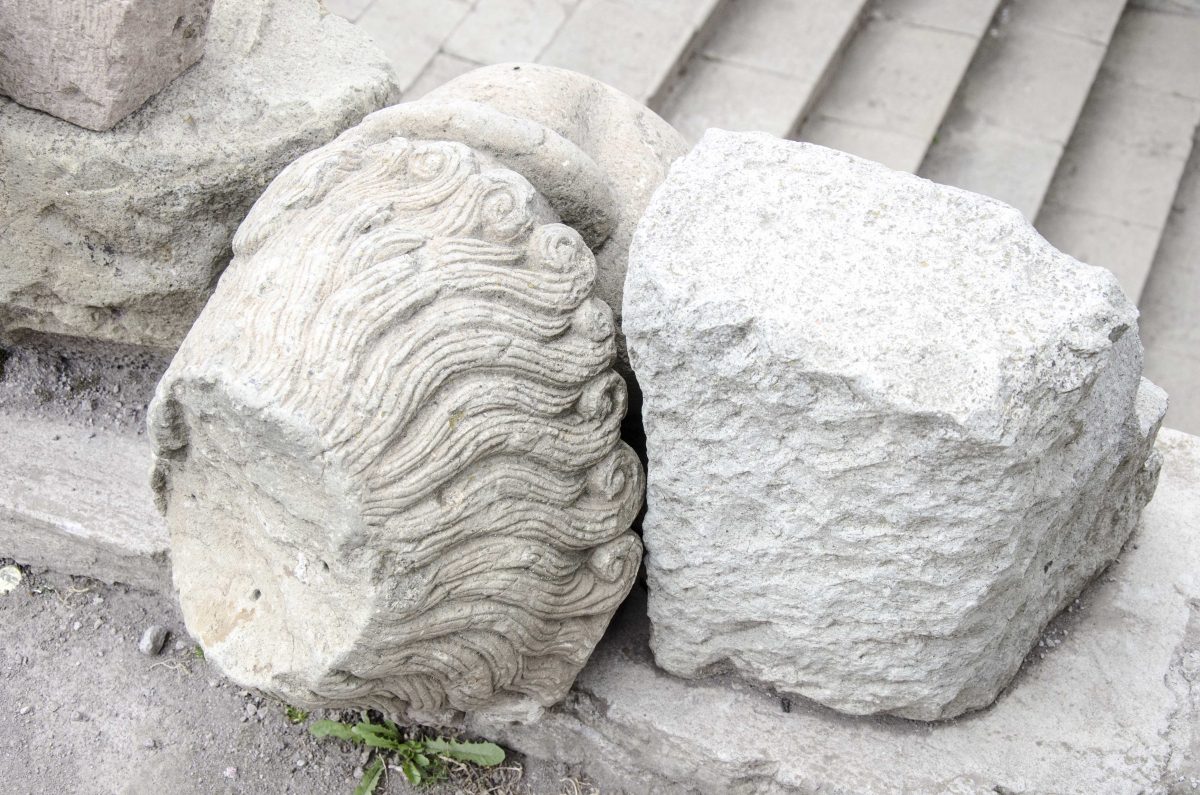

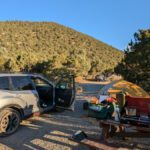
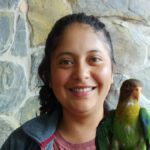

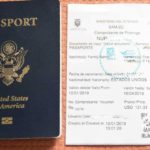
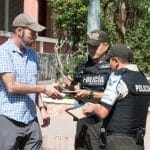

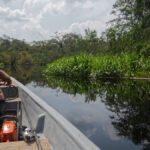




Good morning, this is the President of the Cicalpa Viejo community. I am delighted with your story and very grateful for sharing the colonial wealth of our towns. I would like to talk to you about the Church. My phone number is 0939291426 and my email is: pato.pilco76@gmail.com. Please, if we could get in touch, I would appreciate it on behalf of my town of Cicalpa Viejo.